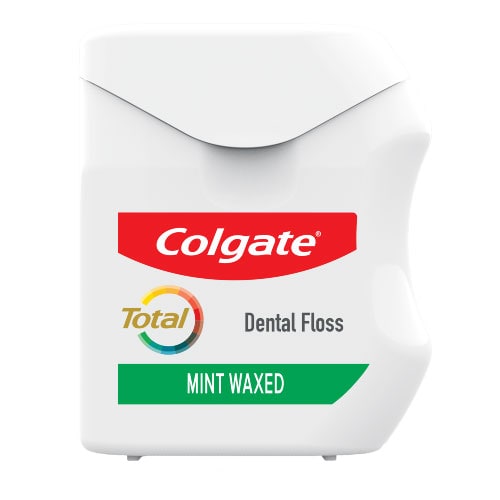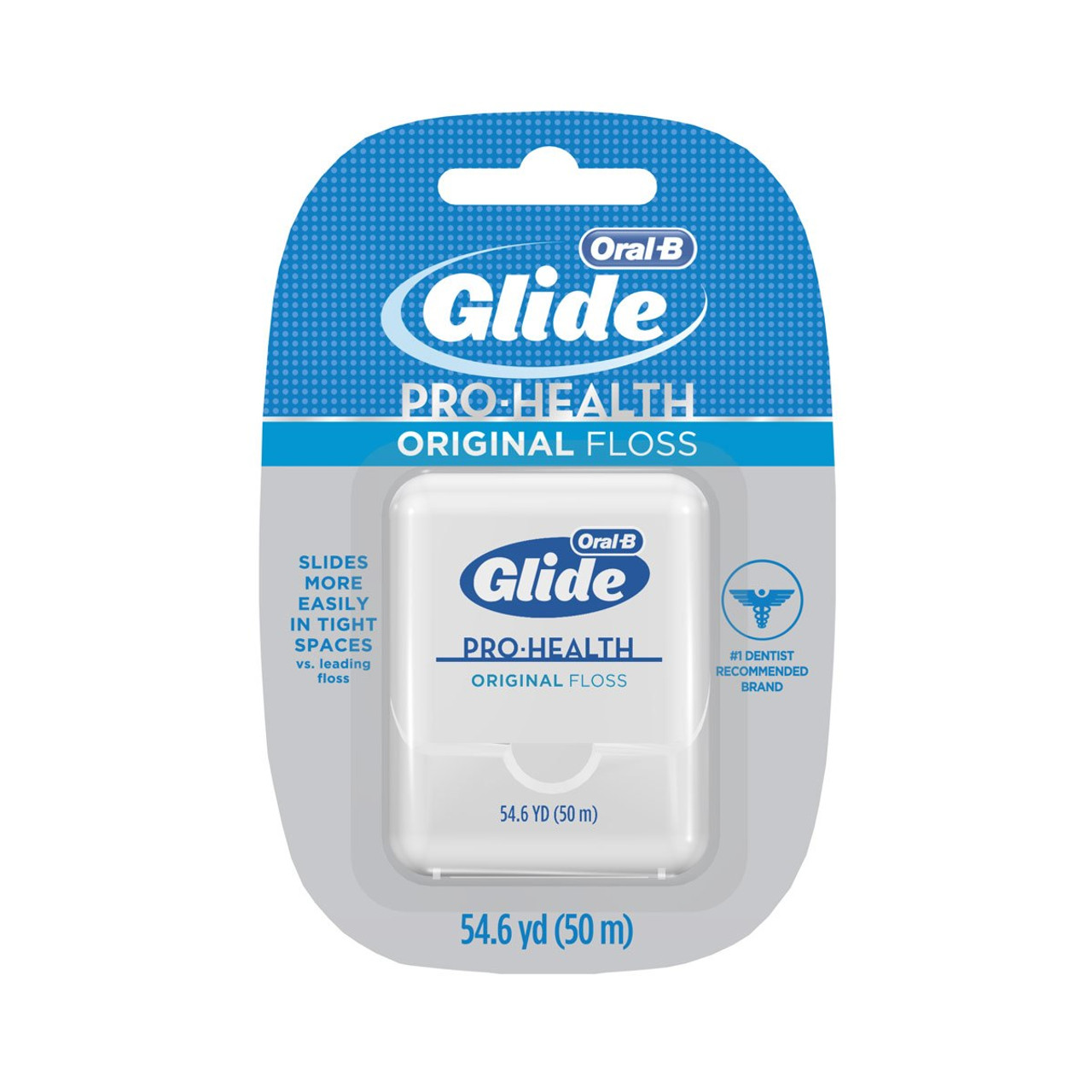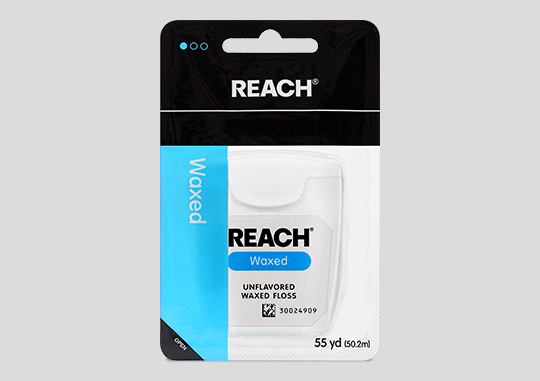Table of Contents
ToggleIntroduction
Dental floss is a vital part of any oral hygiene routine, yet many people either overlook it or struggle to use it properly. Regular flossing helps remove plaque and food particles from between the teeth, preventing cavities, gum disease, and bad breath.
In this detailed guide, we’ll answer the most searched questions about flossing, explore the best dental floss, and recommend top dental floss brands.

What Happens If You Skip Flossing?
Here’s what can happen if you don’t floss regularly:

1. Plaque and Tartar Build-Up.
2. Increased Risk of Cavities.
3. Gum Disease (Gingivitis & Periodontitis).
4. Persistent Bad Breath (Halitosis).
5. Stained and Discolored Teeth.
6. Higher Risk of Heart Disease and Other Health Issues
7. Tooth Loss Over Time.
8. Costly Dental Treatments.
Bottom Line: Flossing takes just a few minutes each day but has long-term benefits for your oral and overall health. Make it a habit to floss daily to keep your teeth, gums, and body in great shape!
The Science Behind Flossing
Prevents Cavities & Gum Disease – Removes hidden plaque and food debris.
Reduces Bad Breath – Bacteria between teeth can cause odor.
Linked to Overall Health – Studies show a connection between gum health and heart disease, diabetes, and even Alzheimer’s.
Choosing the Right Floss for Your Needs
There are several types of floss available, each suited for different dental needs:
Waxed vs. Unwaxed Floss: Waxed floss slides more easily between teeth, while unwaxed floss is thinner and may be better for tight spaces.
Floss Picks vs. String Floss: Floss picks are convenient but may not be as effective as traditional floss in removing plaque.
Water Flossers: Devices like Waterpik use a pressurized water stream to clean between teeth, making them a great alternative for those with braces or sensitive gums.
Eco-Friendly Floss: Biodegradable and plastic-free floss options are available for environmentally conscious users.
For Sensitive Gums: Cocofloss
For Tight Teeth: Oral-B Glide Pro-Health
For Braces & Bridges: Platypus Orthodontic Flossers
For Eco-Conscious Users: The Humble Co. Natural Floss
For Budget-Friendly Choice: REACH Waxed Floss
Step-by-Step Guide: How to Floss Properly
Take About 18 Inches of Floss – Wrap the ends around your middle fingers, leaving about two inches to work with.
Gently Slide the Floss Between Your Teeth – Move it up and down against each tooth surface, forming a ‘C’ shape.

Use a Fresh Section for Each Tooth – Prevents bacteria transfer.
Floss Both Sides of Every Tooth – Don’t forget the back molars!

Rinse Your Mouth – Use water or mouthwash to remove loosened debris.
Common Flossing Mistakes to Avoid
Not Flossing Every Tooth – Even the back molars need attention!
Flossing Too Hard – Can damage gums and cause bleeding.
Using the Same Section of Floss – Spread bacteria instead of removing it.
Skipping Flossing Due to Bleeding Gums – This is a sign you need to floss more, not less!
Addressing Flossing Challenges
1. Difficulty handling floss:
Solution: Use floss picks or interdental brushes for easier handling.
Try water flossers, which use a pressurized stream of water to clean between teeth.
Opt for waxed floss, which glides more smoothly between teeth.
2. Tight spaces between teeth:
Solution: Use thinner floss (Teflon floss)
Gently slide the floss instead of snapping it between teeth to avoid breakage.
3. Gum sensitivity or bleeding:
Solution: Use soft, gentle movements to avoid irritating the gums.
Consider switching to softer, waxed floss.
If bleeding persists for more than a week, consult a dentist to check for gum disease.
4. Lack of time:
Solution: Keep floss picks in convenient places, like your bathroom or office.
Add flossing into your routine.
Use a water flosser,which can be faster than traditional flossing.
5. Forgetfulness: It’s easy to forget the floss,especially if it’s not part of your routine.
Solution: Set reminder in your phone.
Floss at the same time every day to establish a habit.

Flossing Tips for Kids and Seniors
When Should Kids Start Flossing? – As soon as two teeth touch.
Best Flossing Methods for Kids – Floss picks are easier for small hands.
Flossing Challenges for Seniors – Water flossers and wider floss can help those with dexterity issues.
Eco-Friendly & Sustainable Flossing Options
Biodegradable Floss: Brands like The Humble Co. use natural materials.
Reusable Floss Picks: Reduce plastic waste.
Plastic-Free Packaging: Brands offering compostable packaging are ideal for sustainability.
What to Do If You Hate Flossing?
Try water flossers for a mess-free experience.
Use floss picks for convenience.
Listen to music or watch TV while flossing to make it a habit.
Expert Tips for Effective Flossing
Choose the Right Floss: Select a floss type that suits your teeth and gum condition. If you have tightly spaced teeth, a waxed floss may work better, whereas those with wider gaps may prefer a thicker floss or dental tape.
Use Enough Floss: Always use about 18 inches of floss, wrapping it around your fingers, to ensure a fresh section is used for each tooth.
Floss in a C-Shape: Instead of simply moving the floss up and down, curve it around each tooth in a C-shape to remove more plaque and debris.
Be Gentle but Thorough: Avoid snapping the floss against your gums, as this can cause bleeding. Instead, use a slow, back-and-forth motion.
Make Flossing a Habit: Incorporate flossing into your daily routine, whether in the morning or before bed, to ensure consistency.
Try Different Tools: If traditional floss is difficult to use, consider using floss picks, interdental brushes, or a water flosser for more convenience.
Don’t Forget the Back Teeth: Your molars are just as important as your front teeth, so ensure you floss all areas of your mouth.
Rinse After Flossing: Use mouthwash or water to rinse out loosened plaque and food particles after flossing.
Check with Your Dentist: If you experience discomfort or bleeding while flossing regularly, consult your dentist to check for underlying gum issues.
Best Dental Floss Brands Recommended by Experts
Reasonable options:
1. Oral-B Essential Floss Mint Waxed

This floss is waxed and mint-flavored, making it easy to slide between teeth. It effectively removes plaque and food particles, contributing to healthier gums. Priced around ₹110 for a 50-meter pack, it offers good value for money.
2. Colgate Total Waxed Dental Floss

Known for its quality, this waxed floss slides easily between teeth and is effective in removing plaque. A 50-meter pack is available for approximately ₹125.
3. Plackers 3 in 1 Dental Floss Picks

These floss picks are mint-flavored and come with a built-in tongue cleaner and toothpick. They are durable and shred-resistant, making them convenient for on-the-go use. A pack of 100 is priced around ₹199.
4. Thermoseal Dental Floss

This mint-flavored floss is waxed and designed to slide easily between teeth. It’s effective in removing plaque and food particles. A pack of two 50-meter flosses is available for approximately ₹219.
Expensive options:
1. Oral-B Glide Pro-Health – Best for tight spaces, shred-resistant.

2. Cocofloss – Great for sensitive gums, made with coconut oil.

3. DrTung’s Smart Floss – Expands to clean better, biodegradable.

4. REACH Waxed Floss – Budget-friendly and effective.

5. The Humble Co. Floss – Eco-friendly and plastic-free.
FAQs
1. How Often Should You Floss?
The American Dental Association (ADA) recommends flossing at least once per day to maintain optimal oral health.
2. Should You Floss Before or After Brushing?
Dentists generally recommend flossing before brushing to remove debris and allow fluoride from toothpaste to reach between the teeth more effectively.
3. Is Flossing Necessary If You Brush Well?
Yes! A toothbrush cannot reach between teeth effectively, so flossing is necessary to remove plaque and prevent cavities in those areas.
4. What Happens If You Don’t Floss?
Skipping flossing can lead to plaque buildup, tartar, gum disease (gingivitis and periodontitis), and even bad breath.
5. Can Flossing Too Much Damage Your Gums?
Yes, excessive or aggressive flossing can irritate and damage gum tissue. Use a gentle back-and-forth motion instead of snapping the floss down onto the gums.
6. How Do I Know If I’m Flossing Correctly?
You are flossing correctly if:
- Gently slide the floss between your teeth.
- Curve the floss around each tooth in a C-shape to clean between the gumline.
- Use a fresh section of floss for each tooth.
- Do not feel excessive pain or irritation while flossing.
7. Is Flossing Painful? What Can I Do About It?
Flossing shouldn’t be painful, but if you experience discomfort:
Use a gentle, slow motion instead of forcing the floss.
Try waxed floss, which glides more easily between teeth.
If you have sensitive gums, use a water flosser or softer flossing tools.
8. What is the Best Time of Day to Floss?
There is no strict rule, but the best time to floss is:
- Before bed
- Before brushing
- Anytime you remember
9. Can I Use Regular Thread as Floss in an Emergency?
While regular thread might seem like a quick fix, its not ideal because:
- It may shred or get stuck between your teeth.
- It can be too rough, potentially damaging your gums.
- It lacks the smooth, coated surface of dental floss, making it less effective.
Conclusion
Flossing is an essential for oral hygiene routine. Whether you prefer traditional floss, floss picks, or a water flosser, making flossing a daily habit will lead to healthier teeth and gums.
Key Takeaways:
- Floss at least once per day.
- Choose the right floss for your needs.
- Be gentle and thorough when flossing.
- Explore eco-friendly flossing options.
By prioritizing flossing, you can improve not just your oral health but also your overall well-being!


